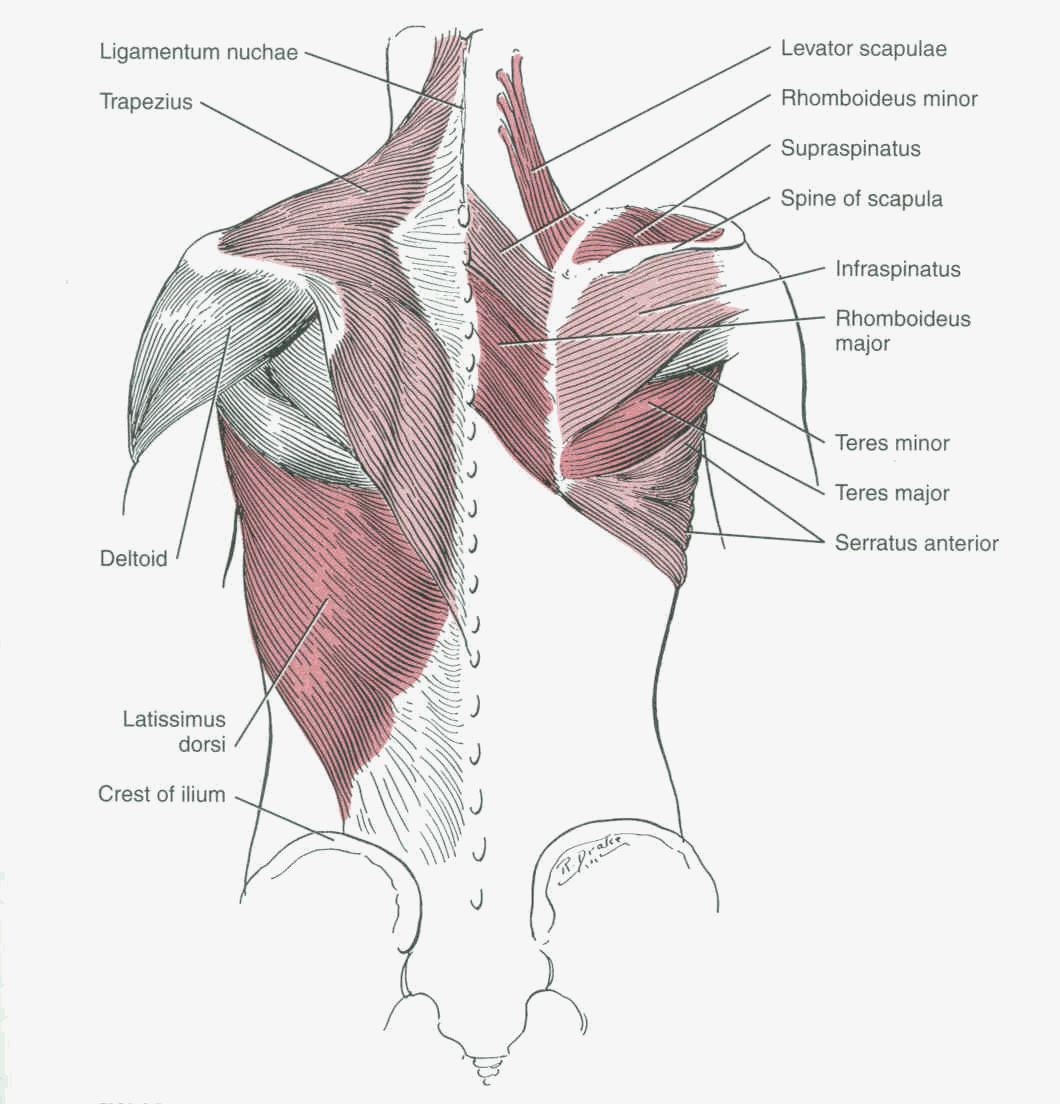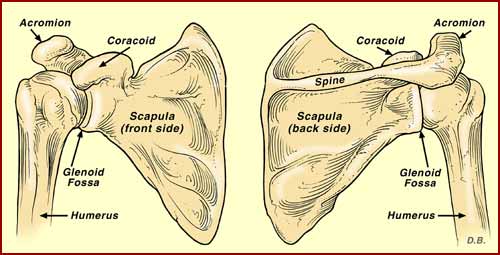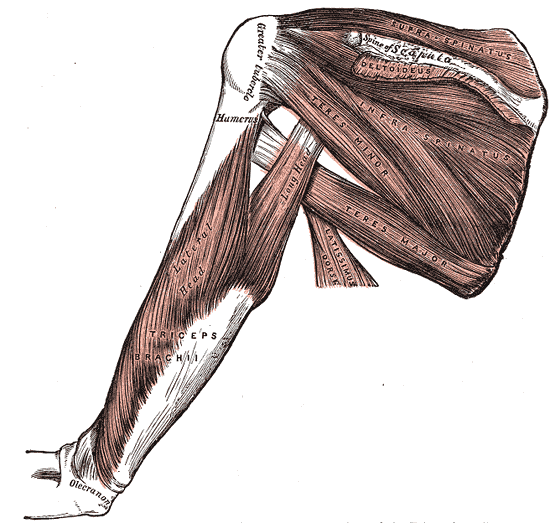Written by Ryan Brown
The truth is that when we are talking about mobility for the bench press we shouldn’t really be talking about anything any different than mobility of any other movement. A good bench press is a full body lift. Good mobility in a bench press isn’t any different than mobility in a squat. The same rules apply. However, unless you are pretty good at spotting problems, you aren’t going to identify the rotational issues in your hips, and how they are holding back your bench press…. and in fact, unless you are really really good at bench pressing, You probably aren’t getting enough leg drive from your hips to matter that much anyway.
When most anyone talks about, or asks about “mobility” with their bench press, they are talking about shoulder mobility. As with anything else, before you start looking at where you need more mobility, you need to focus on making sure that the things that shouldn’t be moving aren’t. Creating stability where you need it, so the pieces that should be moving can.
A stable, and properly positioned, scapula will create a solid platform that your humerus can move around. A scapula that is instable or poorly positioned will tear your shoulders up, and cause the perceived upper back weakness that causing your bench press to suck. Do you see those little things in the picture above labeled “acromion” and “coracoid” ??? Just look at them and imagine the havoc they could cause on your soft tissues if they weren’t in the right place.
The most common issue and cause of injury with the bench press is the lack of internal rotation in the shoulder. This is pretty easily traced back to your scapula. When we are tying to solve any mobility puzzle we always want to start proximal to distal. The first thing we have to consider in the position of the scapula, and ultimately in the mobility for the bench press, is the postion of the thoracic spine.
Pretty much only two ways that this can go wrong. Either you are excessively kyphotic (flexion) or you are too extended in your thoracic. I can tell you that both are bad, but a kyphotic posture is sure to ruin your bench. When you are excessively kyphotic your mid and lower traps and your rhomboids are going to be stretched out long. This will make them weak and unable to maintain the postion of your scapula flat on your back. This is going to cause your scap to tilt forward and then your are gonna have little bones rubbing on things that they aren’t supposed to rub on. It is going to be uncomfortable and it will destroy your progress.
If you are too extended the curvature of your scapula isn’t going to match the curve of your spine, things aren’t going to line up correctly and you are likely to run into some of the same problems as the lifter with the kyphotic posture. The other problem that this is going to cause is that is going to put your diaphragm in a poor postion. You are likely going to need to use your shoulders to take in air, this is going to pull them forward off of the bench and make it difficult to use your lats….. and if you have ever listened to Brandon Lilly coach the bench press (he is pretty good at it) then you should know that keeping your back tight and using your lats is one of the most important aspects of your bench press.
 After the basic idea of keeping your thoracic spine in the proper position we can start to look at the muscles that connect to the medial edge of the scapula. You can have a friend just check you out with no shirt on. Each scap should sit and equal distance away from the spine as the other one. I can tell you from the the many people I have assessed and worked with, this is not the case in many occasions, even for people who aren’t having pain. For some of these people maybe they identify a weakness in one arms lockout vs the other. Maybe one arm fails before the other or they twist a little as they press the weight up.
After the basic idea of keeping your thoracic spine in the proper position we can start to look at the muscles that connect to the medial edge of the scapula. You can have a friend just check you out with no shirt on. Each scap should sit and equal distance away from the spine as the other one. I can tell you from the the many people I have assessed and worked with, this is not the case in many occasions, even for people who aren’t having pain. For some of these people maybe they identify a weakness in one arms lockout vs the other. Maybe one arm fails before the other or they twist a little as they press the weight up.
You need to determine if you have weakness, or tightness. The Y’s and T’s are a great test for this. Lying face down on a bench, stretch your arms out to form a Y. This raise your hands as high as you can. You should be able to achieve 135 degrees of shoulder extension. It is important to make sure that you are not hinging in your thoracic spine and that you are getting true shoulder extension. You can do the T’s thumbs up, to correlate with the the middle trap, then thumbs down for the Rhomboids. You should be able to get 90 degrees with both. Again, it is important that the motion is occurring where you want it and you aren’t cheating. This is why you have to have someone else do the assessment on you. It is to easy to cheat.
Next, we can start to look at the muscles on the lateral edge of the scapula. Often times, the problems that you are going to find here are going to strongly correlate, and probably be caused by, the problems that we found proximally. The number one thing that causes pain in the bench press is a lack of shoulder internal rotation. This is often times caused by tight, bunched up external rotators of the cuff. You can see in the picture what a big bunch of muscles all run in and around each other in this area. It is real easy for that stuff to get funky. The same way that you can use a quick visual assessment to learn a little about your shoulder problems with the muscles on the medial edge of the scapula, you can usually see where your scap may be rotated more towards one of your shoulders. Soft tissue work is usually great for these muscles. If you have a chiro that does ART, or if you can just get in there with a lacrosse ball and dig around a little then you can make some progress with loosing them up. The problem is that tight muscles here usually go hand in hand with overstretched, weak muscles on the medial edge. Treating this area with the soft tissue work to loosen it up without strengthening the weak muscles is going to result in a recurring problem.
Pre Bench Routine
So, how do we fix all of these very common problems? You have got to make sure and get things moving properly before you get down on the bench in order to ensure an optimal performance.
Step 1:
Breathing your Thoracic spine into the proper position. The cool thing about your lungs is that when you fill them up completely and properly, they push everything back where it goes. Whether you are Kyphotic or over extended in your t-spine, your lungs can help you correct the issue more effectively than laying backwards on a foam roller ever can. What you have to do is determine which category that your fall into, and put yourself into a position to help your lungs be strong enough to push it back where it goes. If you are over extended, you should be on your elbows and knees, breathing with your diaphragm, and focusing on breathing air into your upper back to try and regain some of a curve. If you are overly kyphotic then you should be laying flat, focusing on breathing your shoulders flat to the ground while keeping your ribs down…. So that your lungs and straighten your spine back to where it goes. It sounds simple….. and the most brilliant shit usually is.
Step 2:
Soft Tissue work. You need to identify the areas that are jammed up. When you are doing the visual assessment these are the spots that are a shorter distance than they should be. Maybe both of your scaps are rotated up a little towards your shoulders and you need to focus your soft tissue work on the muscles of the cuff. Possibly, one side is tight on the medial edge of the scap and the other is tight on the lateral edge. You are going to have to look at yourself and determine what is tight, and what is weak, then address it accordingly. Also, while we are at it, you probably need to hit the pec a little, especially if you are the kyphotic guy.
Step 3:
Motor Pattern. Now that things are back in the right place, and the tight muscles that are pulling us out of position are loosened up a little, we need to use some basic movements in order to restore the rhythm in the shoulder. It is so used to being out of postion and things firing in the wrong order that we need to give it a chance to relearn the correct way to move. For the shoulders I love to use lat pull downs with a band, or band pull aparts. These are going to be much different than the band pull aparts that Corey and Brandon talk about. This is meant to be a light movement that you can do absolutely perfect. With Lat pull downs I like to start people off in a quadruped position. This makes it easier for them to maintain the position of their thoracic spine, and on every single rep we ensure that we get a complete lung full of air… actually, two of them. The band should be light. The only thing that matters is that you are moving perfectly, and that your scap isn’t moving at all.
I may progress from quadruped into a half kneeling, or tall kneeling position, depending on how bad it is.
Step 4:
Muscle Activation / Strengthening. Once we have restored a good movement pattern we want to train the muscles that are weak or inhibited. This may be doing the Y’s or T’s with a light plate, or perhaps if you had weak/inhibited muscles on the lateral edge of the scap side lying external rotations. It is important to remember that if you are doing this in your warmup that these sets shouldn’t be long, and you shouldn’t do many of them. The goal isn’t to fatigue the muscle. These could also be great exercises for you to throw in at the end of your workout to create hypertrophy in those areas, then, obviously you would want to do more sets and reps.
I don’t know if you noticed, but I never mentioned anything about stretching. It isn’t because I am against stretching, but it is nearly impossible to give advice about what should be stretched and what shouldn’t be stretched via the internet. Not to mention, I am finding more and more that we can correct many of these issues without needing to actually stretch anything, and that prevents us from stretching something that doesn’t need any stretching. Too much mobility, or mobility in the wrong place is a force bleed, and that sucks.
Shoulders, throughout history, have proven to be quite the pain in the ass. They have a huge range of motion, move at a high velocity, and in order to achieve that big range of motion and high velocity, don’t have the big structures creating stability like the hip. Tons and tons of things can go wrong, but focusing on your scapula can be a simple way for you to stay ahead of your mobility game and add pounds to your bench press.
Ryan Brown is the head physical preparation coach and owner of Derby City CrossFit / DarkSide Strength in Louisville,Ky. Ryan’s focus is on correcting and perfecting movement/motor patterns to get the most out of his athletes. He has competed in CrossFit, Powerlifting, strongman, and currently Olympic lifting. His clients include; elite level power lifters, national level Olympic lifters, pro MMA fighters, college football players, HS athletes, CrossFitters, old broke people, and pretty much anyone else who wants to do something better. Website, Facebook, YouTube, Twitter















